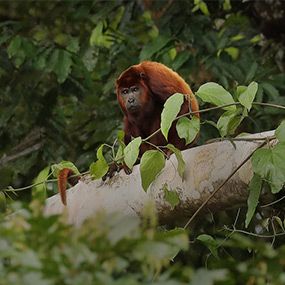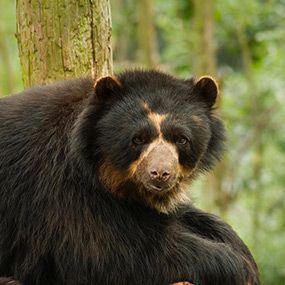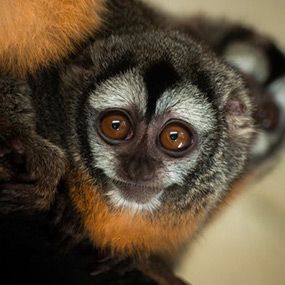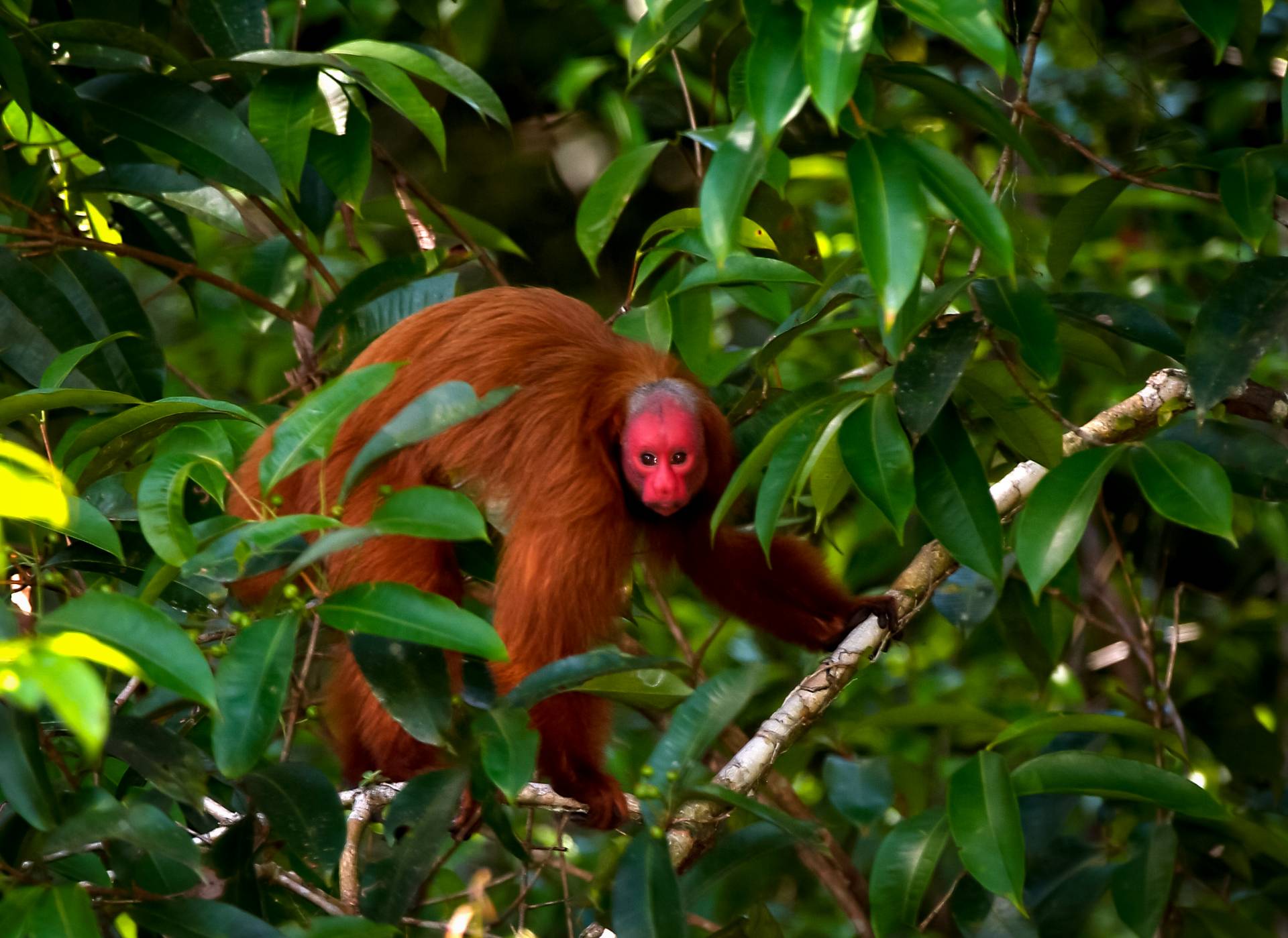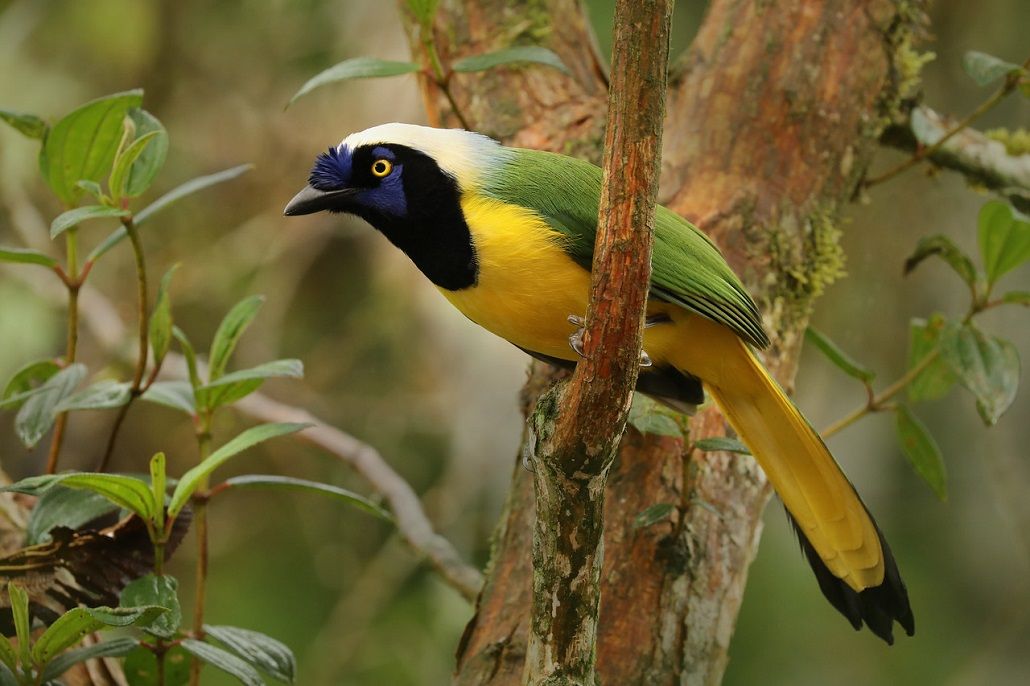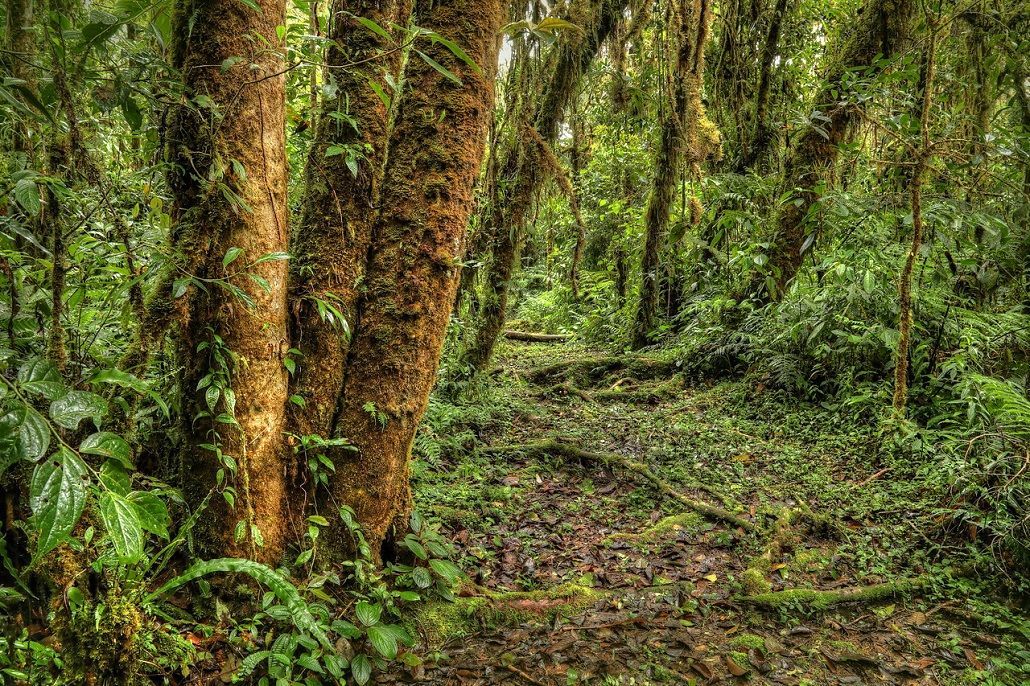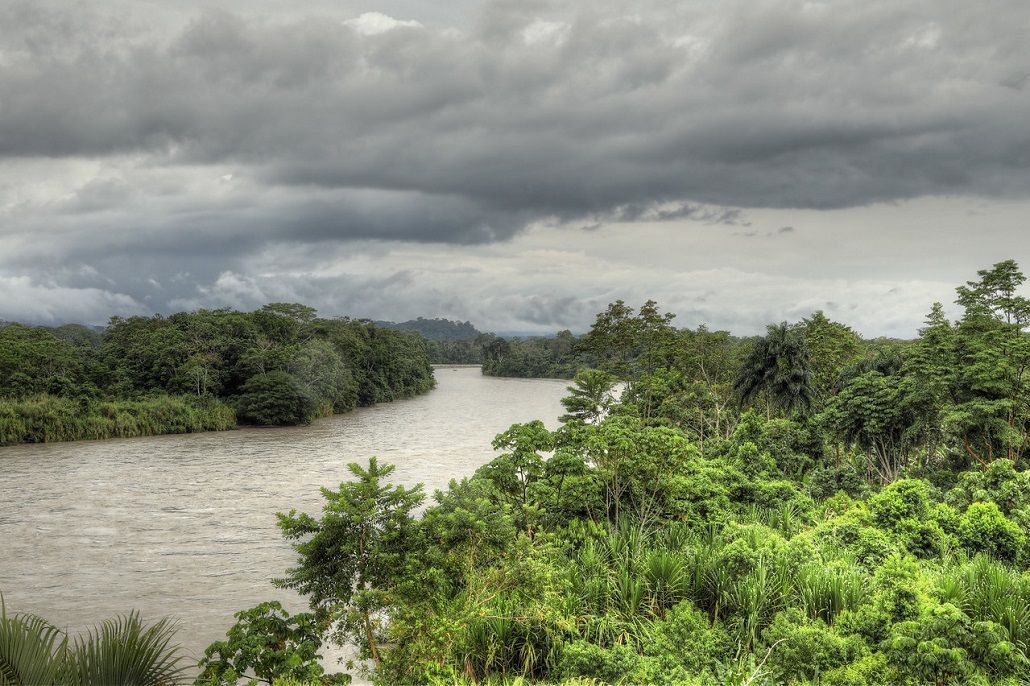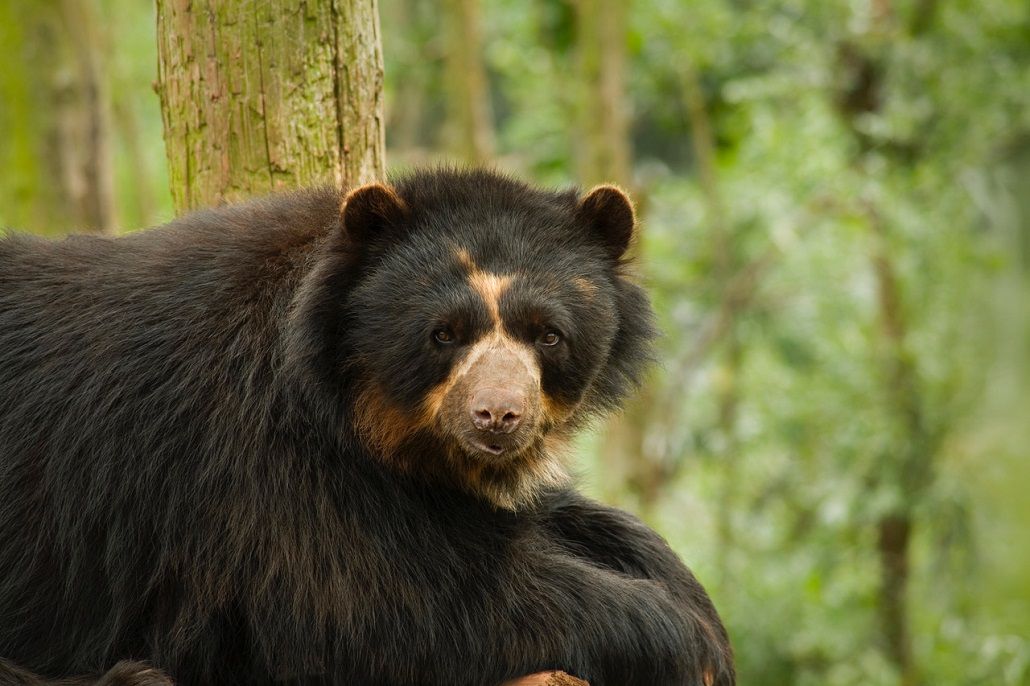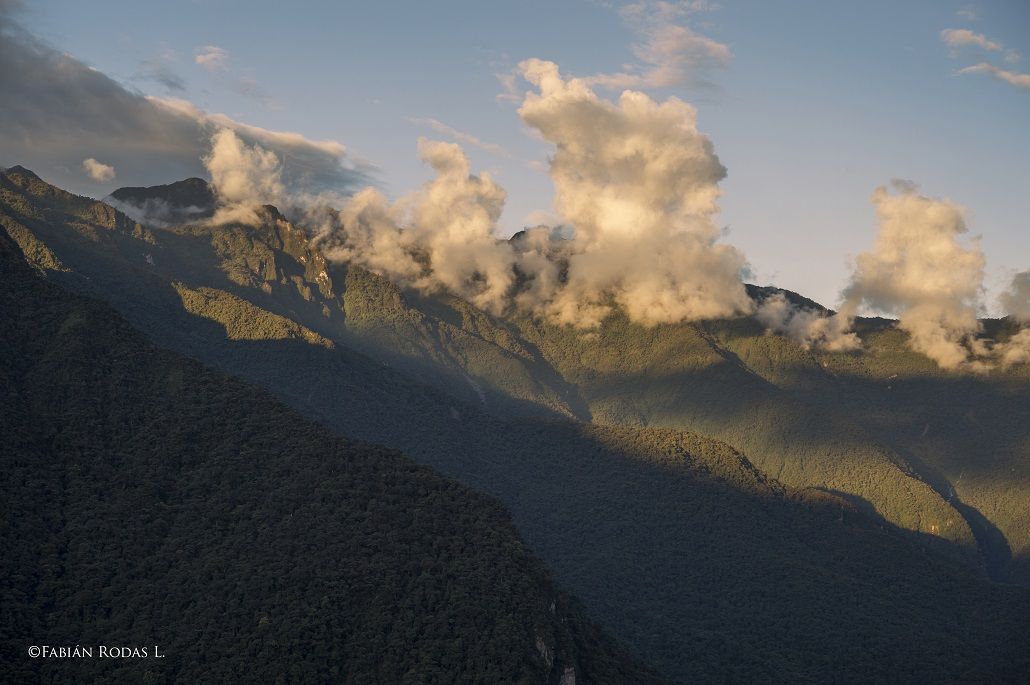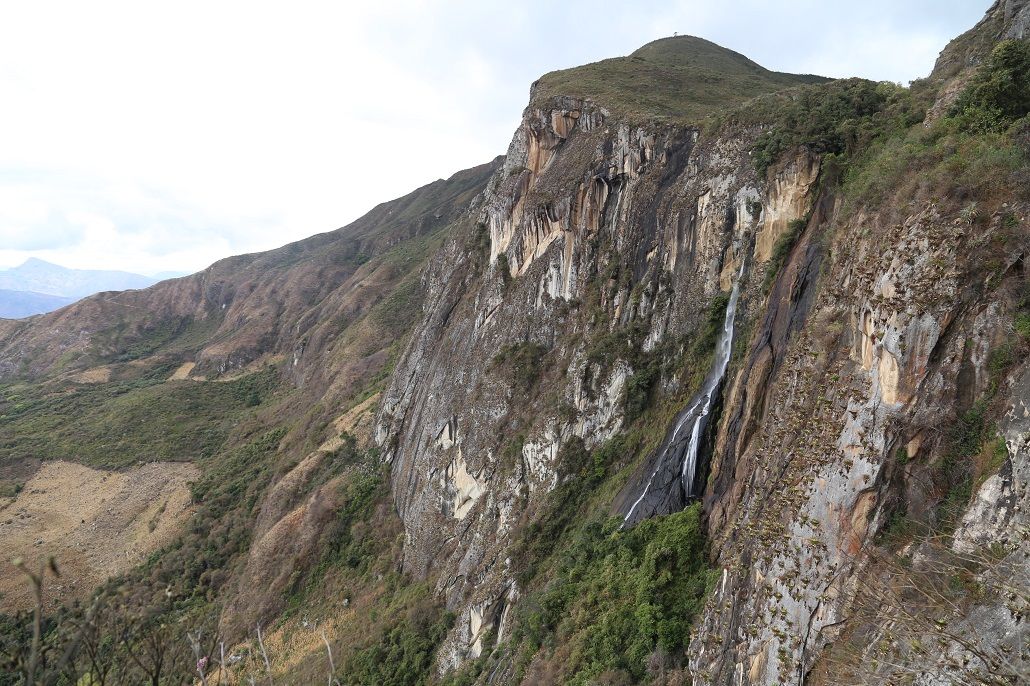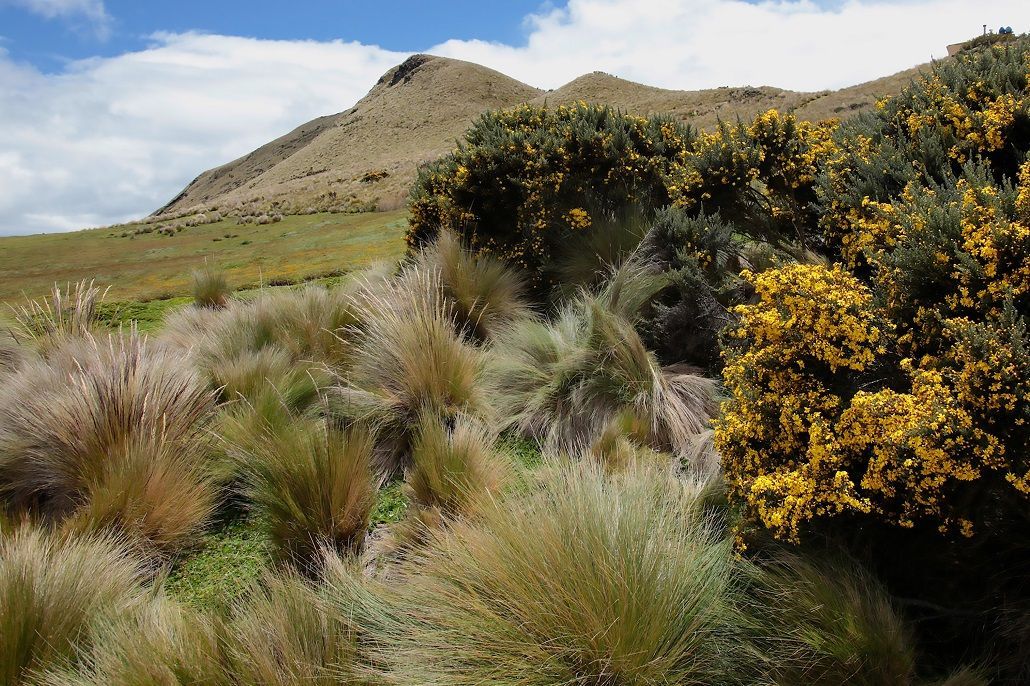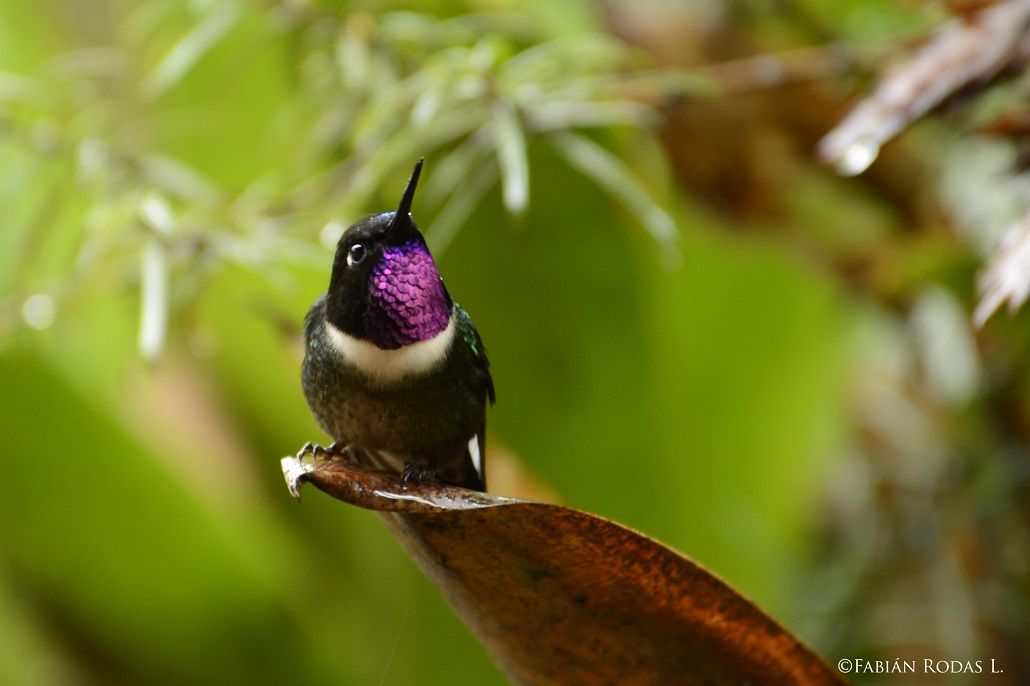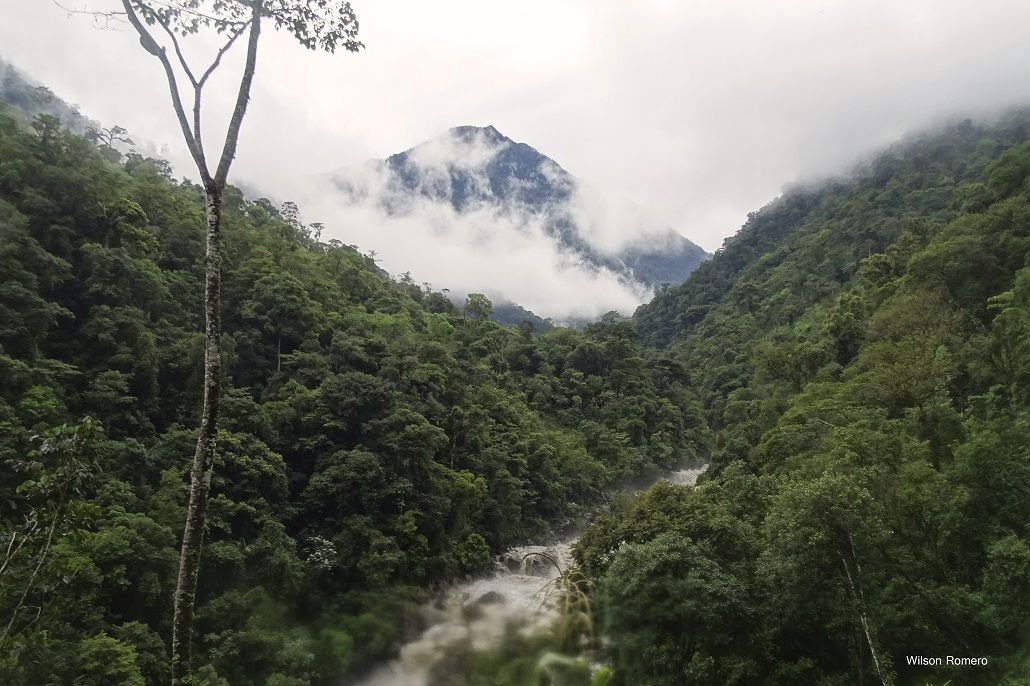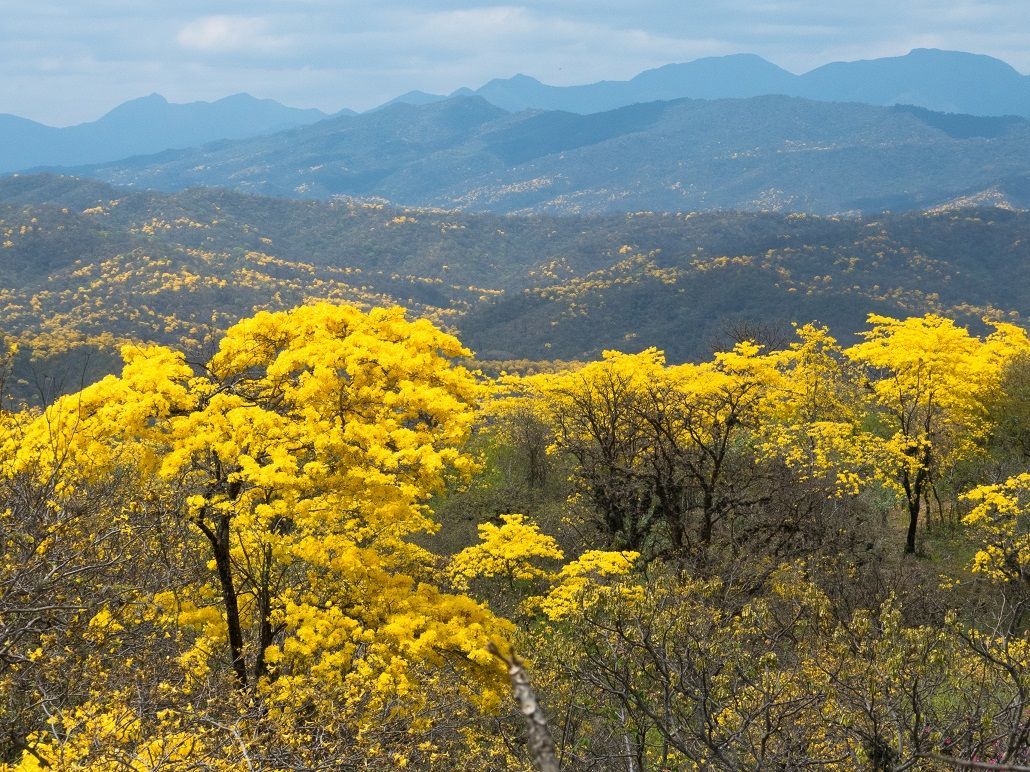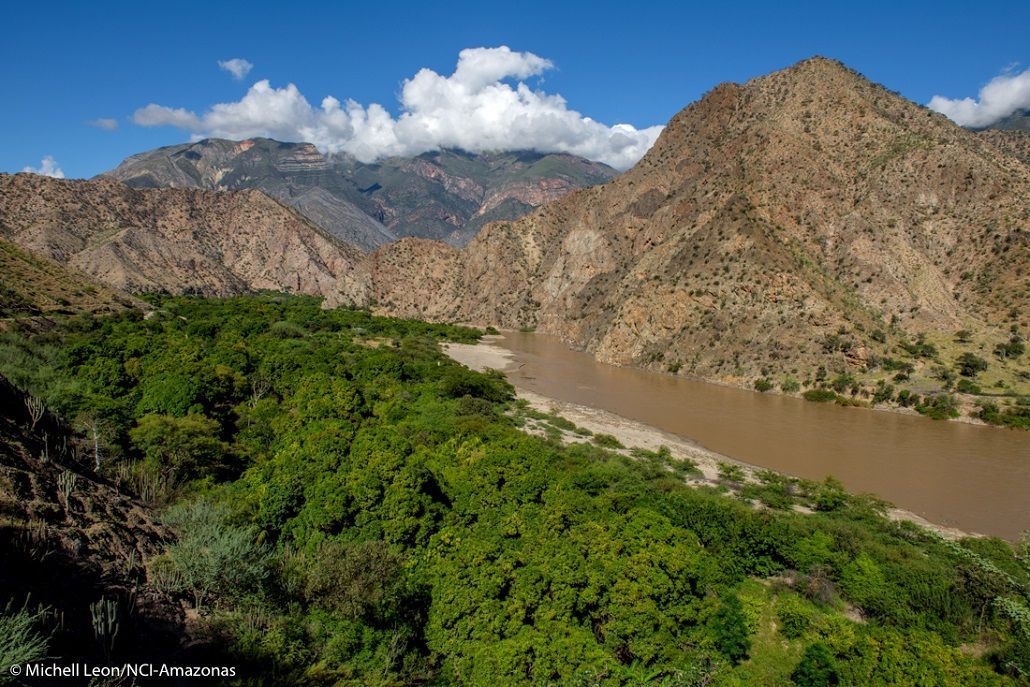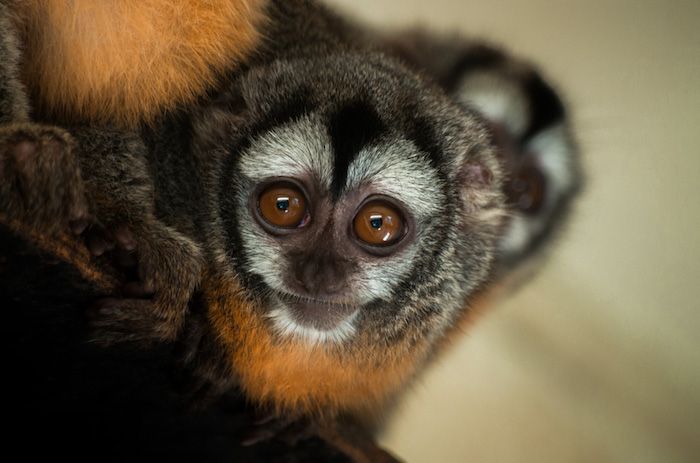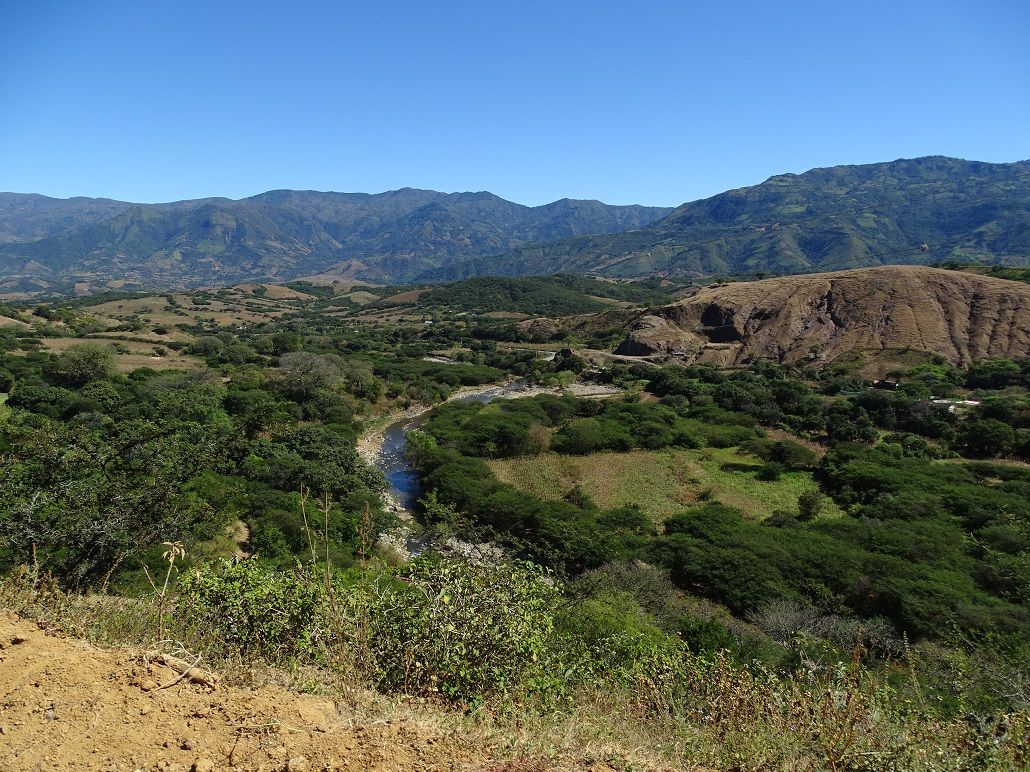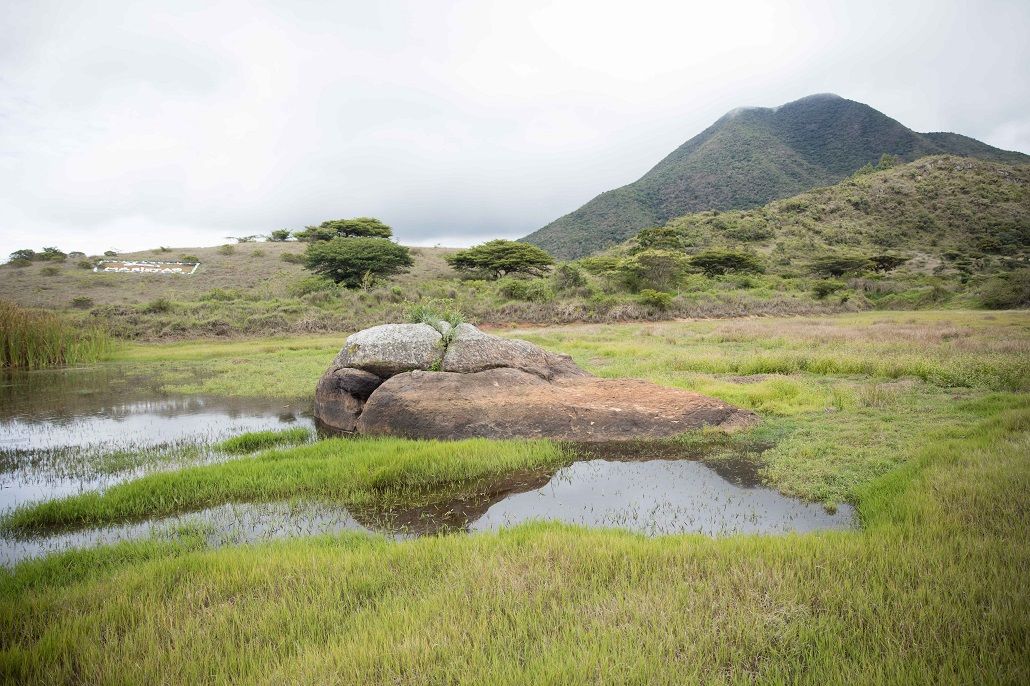OurCommitment
Latin Discoveries is involved in the betterment of the destinations where we operate in South America. Learn about our commitment and our partnership with Nature and Culture International and how we help with the conservation of 3 endangered ecosystems on the South American continent
WHAT IS AN ECOSYSTEM?
An ecosystem is a community made up of living organisms (plants and animals) and non-living components (air, water, weather, earth, sun, soil, climate and atmosphere) in a given area where they interact as a system in which each organism has its own niche and role to play.
Those living organisms and non-living components are regarded as linked together through nutrient cycles and energy flows. As ecosystems are defined by the network of interactions among organisms, and between their environment, they can be of any size but usually encompass limited spaces.
Usually, biotic (living) members of an ecosystem, together with their abiotic (non-living) factors depend on each other. This means the absence of one member can affect all parties of the ecosystem.
A new organism or factor (rise in temperature for example) can distort the natural balance of the interaction and potentially harm or destroy the ecosystem. That is why, the introduction of an external factor or living organism can be disastrous to that ecosystem.
Ecosystems are the foundations of the biosphere and they determine the health of the entire earth system. Unfortunately, ecosystems have been disrupted, and even destroyed, by human activities including logging, mining and agricultural expansion. Natural disasters such as fires, floods, storms and volcanic eruptions have also contributed to the disturbance of many ecosystems. Hence it is extremely important to conserve and protect them.
WHO IS NATURE AND CULTURE INTERNATIONAL?
Mission:
More than 20 years ago, flying over the Amazon rainforest, Californian developer Ivan Gayler witnessed a web of logging roads and fires burning lush forests. The sight brought him to tears and moved him to action. He founded Nature and Culture International, an organization whose mission is to protect the world’s richest ecosystems with the local people who depend on these forests. Today, Nature and Culture runs various projects to protect Latin American’s great biodiversity by involving local communities and fostering their ancestral practices in sustainability.
In 2022, Nature and Culture announced their plans to save 11 million acres and 2.3 billion tons of carbon in the Ecuadorian Amazon in partnership with local cultures. Read more about the Amazonian Platform here.
Here are some previous achievements:
- Protecting 22 million acres of precious and diverse ecosystems in Mexico, Ecuador, Peru, Bolivia, Colombia, and Brazil.
- Partnering with more than 30 indigenous communities who are deeply committed to the protection of their lands.
- Storing more than 3.3 billion tons of carbon in protected areas.
- Securing clean water supplies for hundreds of thousands of people.
- Achieving the declaration of the first national connectivity corridor in Ecuador.
Learn more about Nature and Culture International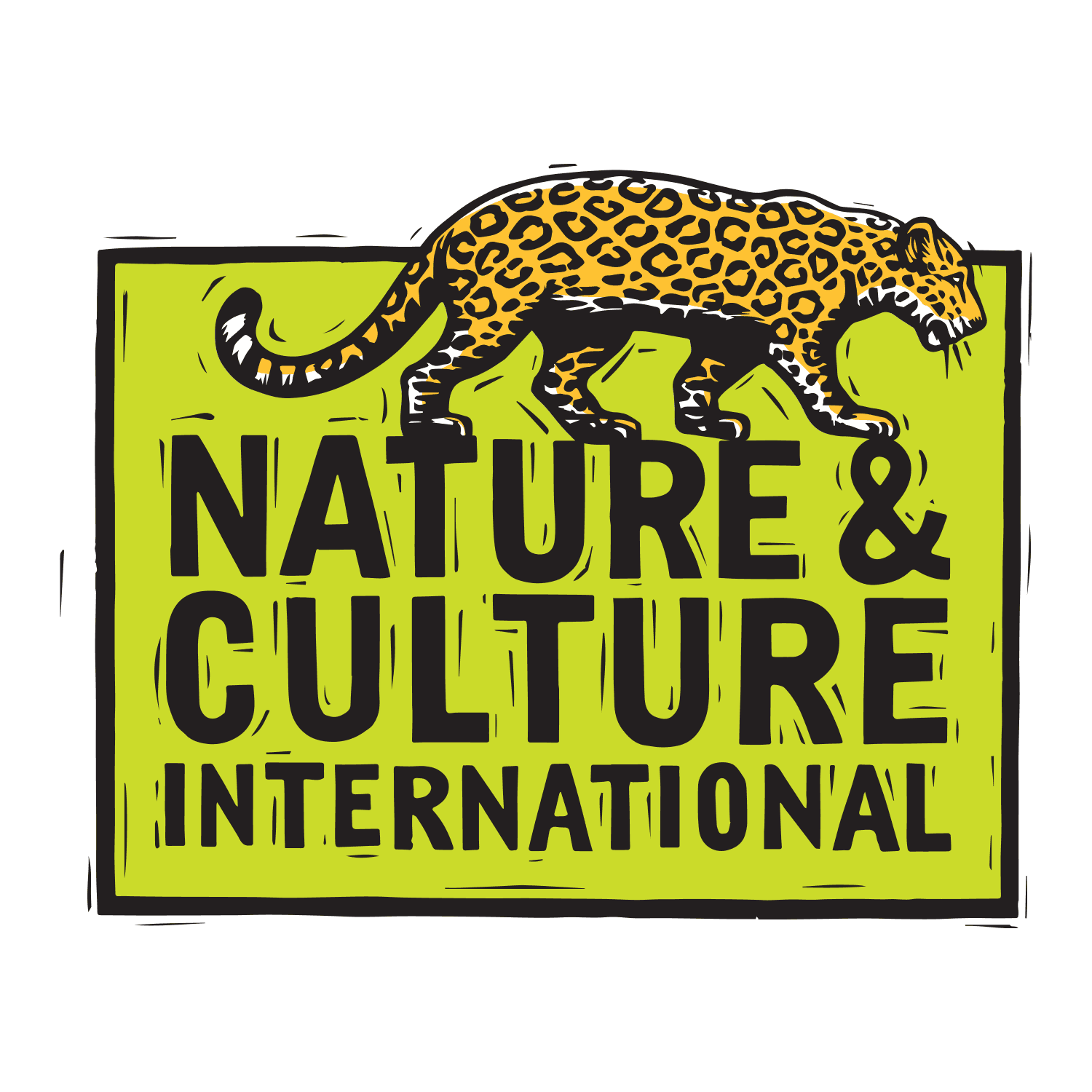
WHAT IS THE PARTNERSHIP BETWEEN LATIN DISCOVERIES AND NATURE AND CULTURE ABOUT?
Latin Discoveries has been a leading tour operator in six South American countries for over 20 years. In that time, we have helped thousands of guests with their travel and our experience has made us realize that our industry, like every other business, brings consequences to the environment and the communities of some of the areas we promote. We are well aware of the difficulties involved in reducing the impact our business generates, as more and more travelers choose to use our services every year, which is why we have decided to put our success to a noble use. We decided to give some of our profit back to make a positive contribution to the regions and communities of South America where we regularly host tours.
While looking for organizations to help us with this challenge, we were happily surprised to find that Nature and Culture International was not only an outstanding player in lots of countries where we operate but that their model was also very similar to the way our business works. Nature and Culture is a highly reputable organization, with major accomplishments throughout Latin America counting with strong connections with local communities and governments. It is our great pleasure to be able to join their conservation cause and contribute to protect the biodiversity of Latin American ecosystems in concert with local people.
As part of an exciting partnership, Latin Discoveries has committed to donate 1% of its revenue to support 3 endangered ecosystems that are at the core of Nature and Culture´s ongoing work. Put simply this means that 1% of every sale will benefit some of the projects below.
In an effort to extend our social responsibility, we are giving the opportunity for everyone that books their tour with us to choose which ecosystem we should support.
3 ECOSYSTEMS WE ARE SUPPORTING
After weighing our impact at Latin Discoveries, we have agreed with Nature and Culture to support the protection of the three following ecosystems:
The Amazon Rainforest
What is it?
The Amazon is the largest and most biodiverse tropical rainforest on Earth, with the highest density of plant and animal species in the world. The ecosystems of the Amazon play a crucial role on our planet, stabilizing the world’s rainfall patterns and storing massive amounts of carbon, helping to mitigate climate change. These forests are also home to millions of indigenous people.
Where can you find it?
The Amazon rainforest spreads over the tropics of the South American continent across nine countries: 60% of the Amazon is found in Brazil, 13% in Peru, 10% in Colombia and the rest between Venezuela, Ecuador, Bolivia, Guyana, Suriname and French Guiana. 6% of our planet is covered by rainforest and half of it is in the Amazon, an area that stretches over a whopping 2.5 million square miles, roughly the size of the forty-eight contiguous United States.
Why is it important to protect it?
There are many reasons why it is extremely important to protect the Amazon rainforest and river:
‘Lungs of the World’: more than 20 percent of the world oxygen is produced by the Amazon rainforest.
Biodiversity:
- 20% of the world's known birds live in the Amazon.
- 10% of the world's known species live in the Amazon.
- The Amazon is home to at least 40,000 plant species, 3,000 types of fish, 1,300 bird species, 430 mammals, and a staggering 2.5 million different kinds of insects.
- The Amazon River boasts the most biodiversity of any river system in the world.
- Some 21 million people call the Amazon home, including an estimated 50 remote tribes that have not yet made contact with modern civilization.
- A huge part of the food consumed by humans comes from the Amazon: coffee, chocolate, rice, tomatoes, bananas, black pepper, pineapples and corn.
- Pharmaceuticals:
- More than 25% of modern pharmaceuticals contain Amazonian ingredients.
Past achievement
ESTABLISHMENT OF A 6.3 MILLION-ACRE CONSERVATION CORRIDOR
IN THE AMAZON RAINFOREST (ECUADOR)
Location
In Ecuador´s Pastaza province, only five hours from the capital city of Quito, lies a large tropical humid forest that is not yet compromised by destructive human activity. The area is home to the Shuar, Achuar, Kichwa, Sapara, Andoa, Shiwiar and Waorani indigenous communities that all live in the watershed of the Pastaza River, one of the major tributaries of the Amazon river.
Importance
The area forms a natural corridor south of the Yasuní National Park, one of Ecuador’s most important conservation areas. It is considered one of the world’s most biodiverse areas on Earth, home to jaguars, the South American tapir, the harpy eagle and lots of species of amphibians, reptiles, fish and insects.
Goals
In collaboration with local governments, the Pastaza provincial government and local communities, Nature and Culture sought to protect Pastaza’s forest and its incredible diversity of flora and fauna by creating a sustainable development area and monitoring the use of natural resources. The area would preserve the extent of Pastaza’s tropical humid forest, as well as conserve areas of water and regulate water consumption while fostering the development of indigenous communities. By supporting traditional cultivation techniques, the area would reduce human impact on the ecosystem while providing food security and sustainability for the people.
Achievement
After three years of working with local governments, indigenous communities and Nature and Culture, the Provincial Council of Pastaza established the Pastaza Ecological Area of Sustainable Development in the center of the Ecuadorian Amazon region. The area covers more than 6.2 million acres (about 2.5 million hectares) and occupies about 90 percent of the area of the Pastaza province. Today the local government and indigenous communities manage the reserve and the tropical humid rainforest remains protected.
The Andean Cloud Forest
What is it?
Cloaking the slopes of the Andes Mountains, the Andean cloud forests of South America are considered one of the world’s most biodiverse ecosystems. A cloud forest is a tropical or subtropical evergreen forest characterized by a persistent, frequent or seasonal low-level cloud cover, usually at the canopy level. The Andean cloud forests are home to hundreds of species of hummingbirds and world record numbers of butterflies, moths and amphibians that live among trees laden with bromeliads and orchids.
Collectively, in virtually every category these moist forests contain the greatest number of plant and animal species that are endemic, or restricted to a single ecosystem, on the entire planet. This profusion of life is made possible by abundant amounts of rainfall and sunshine, as the Andean mountains straddle the equator. But geography is also important – because the Andes are so tall, their slopes are divided into numerous life zones that change with the rising altitude, each one with its own variety of species. Many of these species are restricted to a narrow band of elevation or a single mountain range, creating all the more urgency for conservation action.
Where can we find it?
Cloud forests are found in southern Mexico, Central America, and all countries in tropical South America. On the other side of the globe, cloud forest ecosystems also exist in South East Asia, New Guinea, tropical Africa, Madagascar, and some islands in the South Pacific.
Why is it important to protect it?
Montane cloud forests are very important for water resources, especially since they occur at high elevations and feed headwater streams. They capture water straight from the air. Water condenses on the leaves of the plants and drips through the canopy to the floor. The water captured is pure and unpolluted and flows through the ground into streams and then rivers.
Cloud forests support a wide variety of species: their biodiversity is not only stunningly beautiful – it also contains present and future sources of medicines and agricultural products.
They are a vital source of water for nearby communities, villages and cities.
Scientists estimate that each year, 1.1% of the world’s total cloud forest land is cleared for logging.
Past achievement
CREATION OF RIO NEGRO-SOPLADORA NATIONAL PARK (ECUADOR)
Location
Río Negro-Sopladora National Park lies in southern Ecuador’s Morona Santiago and Azuay provinces within the Cordillera Real Oriental mountain range and next to Sangay National Park. The area is dominated by almost-intact Andean páramos – treeless alpine plateaus – and forests that are home to a great variety of animal and plant species.
Goal
Protect a highly diverse mountain ecosystem, establish uninterrupted habitat connectivity that is essential for the long-term survival of such far-ranging and charismatic species such as the spectacled bear (globally threatened), the Andean tapir (critically endangered within Ecuador) and the Andean condor (critically endangered within Ecuador); eliminate a significant unprotected gap in the Sangay Podocarpus Corridor, a bridge of protected mountaintop ecosystems that joins 54 protected areas in Ecuador.
Achievements
After seven years of hard work with local governments, the Ministry of Environment, and local communities, Nature and Culture saw the creation of the Río Negro-Sopladora National Park, Ecuador’s first national park in nearly a decade. The national park protects a diverse ecosystem with dramatic altitude changes over short distances. These altitude gradients encourage the evolution of diverse species and provide what some have called a critical ‘escape valve’ for climate change – an upward migration path to cooler temperatures to help species survive as the Earth warms.
Thanks to the support of people like you, the national park was recently expanded, bringing it to a total size of 83,296 acres. The expansion guarantees the conservation of additional biodiverse habitat and natural resources in central Ecuador.
Learn more about the creation of Rio Negro – Sopladora National Park
Tropical Deciduous Forest
What is it?
Tropical deciduous or ‘dry’ forests are, in many areas, as endangered as tropical rainforests. A deciduous forest is a biome dominated by deciduous trees that lose their leaves seasonally. Tropical deciduous forests are dense during the wet summer, but during the dry winter the leaves fall and the canopy opens up, resulting in a wide array of uniquely adapted species.
Where can we find it?
In the Americas, these forests are primarily found along the Pacific coasts from Mexico to Chile, but can also be found in inland areas such as the Marañon Valley of Peru and central Brazil, wherever climactic conditions are appropriate.
Why is it important to protect it?
Tropical deciduous forests are home to an array of unique species that are well-adapted to the area’s extreme conditions, as well as many endemic species that are found nowhere else on the planet. Despite its biological significance, agricultural expansion, logging, hunting and forest fires threaten this ecosystem. What little remains of these forests – barely 5% in some areas – rank among the top conservation priorities in the world.
Past achievement
CREATION OF TWO PROTECTED AREAS IN THE MARAÑON DRY FOREST (PERU)
Location
Nestled between breathtaking Andean peaks, Peru’s Marañon dry forest is one of the richest in the world. Known as the Grand Canyon of South America, it is an incredibly biodiverse area within the tropical Andes hotspot as it boasts hundreds of endemic and threatened species. Its high level of endemism is attributed to its unique microclimate and landscape, as well as the fact that the region served as a refuge for many species during the last ice ages. It is estimated that only around 5 percent of Peru’s dry forest remains today.
Goal
Help to create a Regional Conservation Area and a Community Reserve to protect almost 200 endemic species found nowhere else on the planet and 43,000 acres of dry forest, home to hundreds of unique and threatened species. The areas secure essential natural resources for nearby communities, including clean water sources and local plants with medicinal value.
Achievements
In 2012, residents of nearby towns joined forces with Nature and Culture to protect their home against the impact of hydroelectric dams and further deforestation. With the support of regional governments, the Peruvian Protected Area Service and the Ministry of the Environment, Nature and Culture recently created two protected areas in the ecoregion – the Seasonally Dry Tropical Forests of the Marañon Conservation Area in the Amazonas region and the Cujillo Private Conservation Area in Cajamarca.
